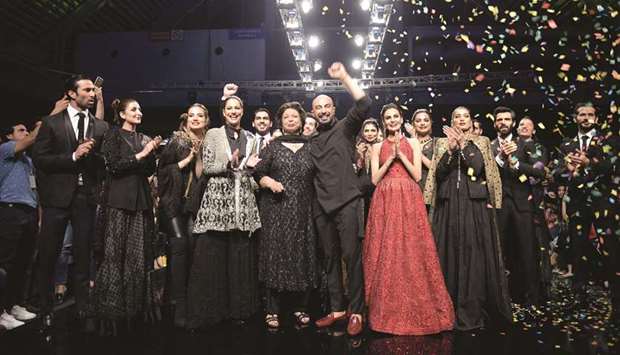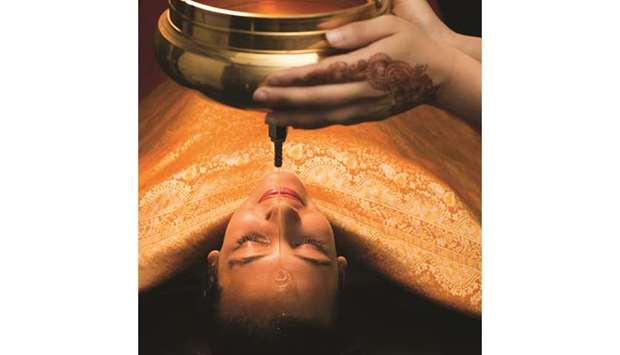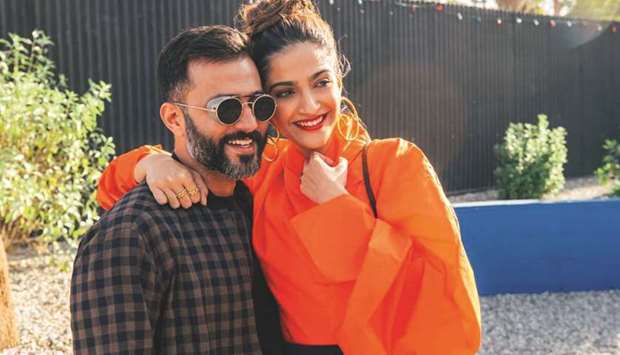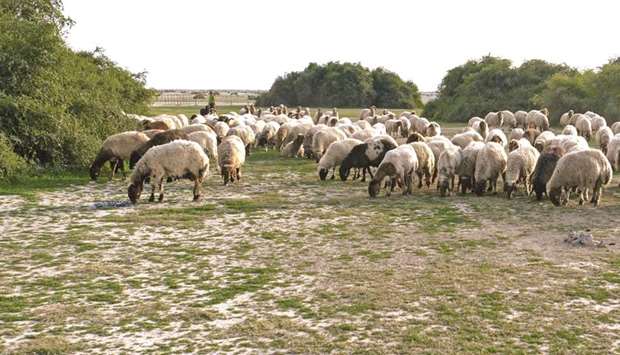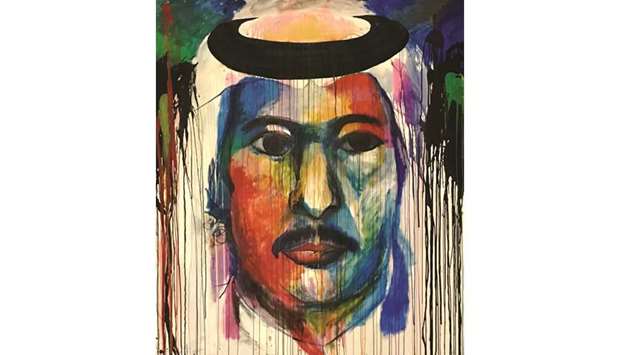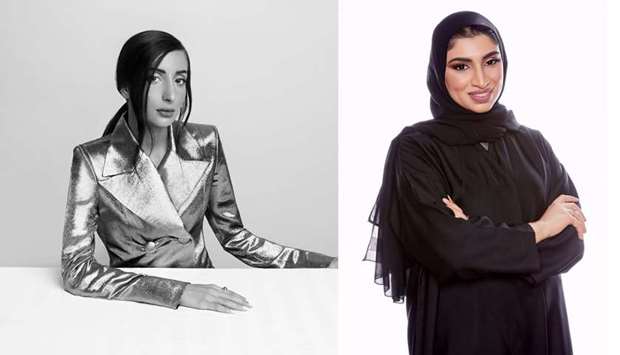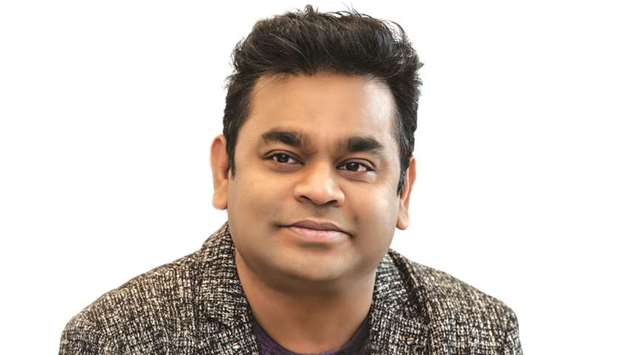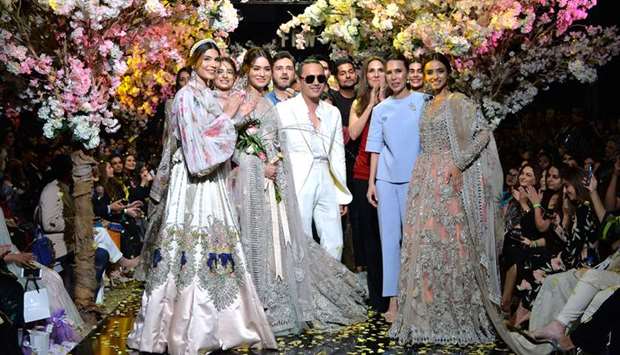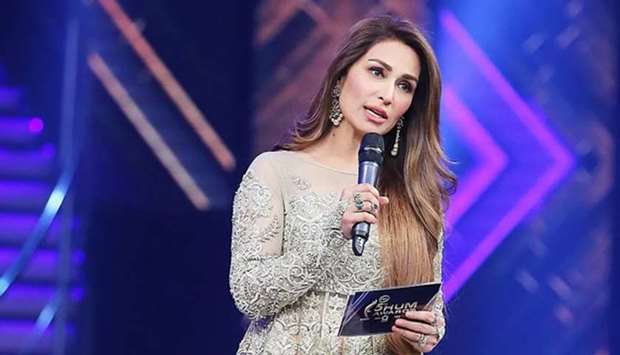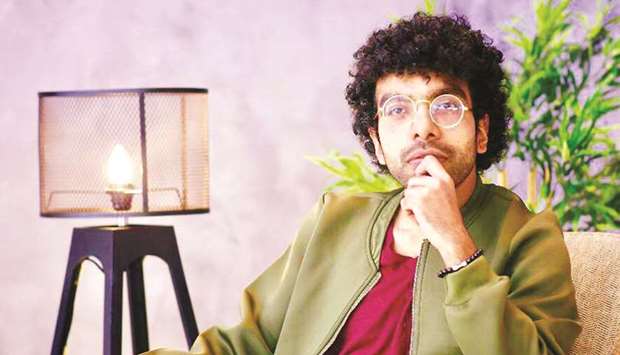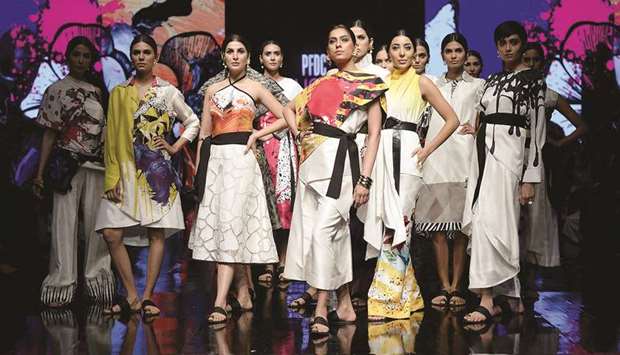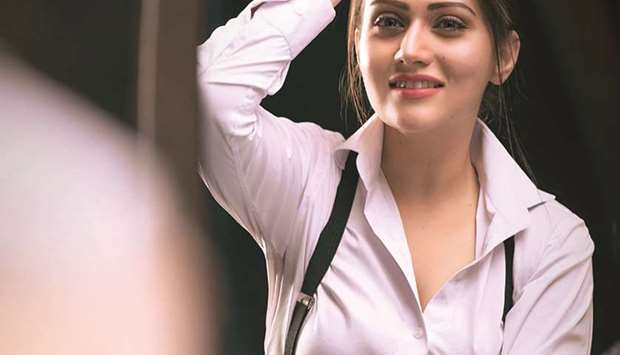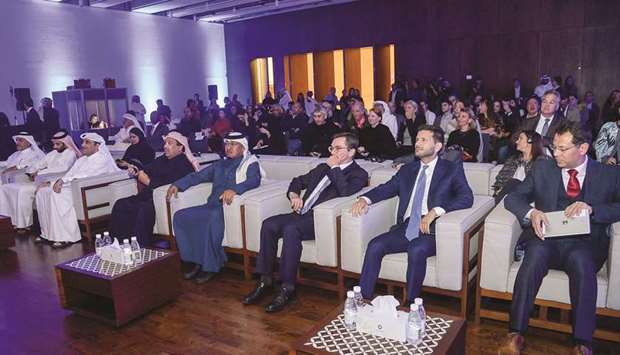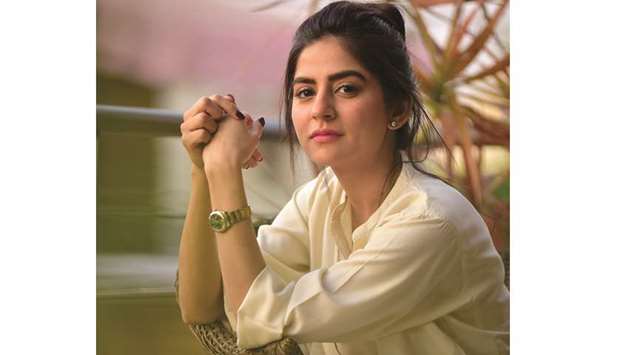Over the past few years, the Lahore-based PFDC has orchestrated one fashion week after another, always exactly on the announced dates and we’ve gotten used to this level of efficiency. PFDC Sunsilk Fashion Week 19 looks like one interesting show waiting to happen. More than anything else, the event will mark the showcase of debut collections of many promising talents and brands. There were some designers who refrained from participating in Sunsilk Fashion Week for quite some time. But then there were also those, who did show their collections at other shows and quite a few of them decided to trundle down the well-hackneyed lawn route, these designers, some of the country’s best – are only now gearing to show their clothes in a big way on the 20th Edition of PDFC Sunsilk Fashion Week ramp. It is this line-up of designers that excites us the most. Together, we predict that they will form some of the higher points at the PFDC up ahead. Like every year, the upcoming four-day extravaganza will feature three categories including Luxury Prêt, High-Street prêt-a-porter shows and Lawn. Bringing together fashion brands that foster creation and international development, PFDC is seeking to promote Pakistan’s fashion culture, where craft and creation have a major impact. PFDC is getting bigger with every season and as always, the show this time includes big names as well as upcoming designers. Established couturiers and high street brands which will showcase their collections, include HSY, House of Kamiar Rokni, Republic by Omar Farooq, Zaha by Khadija Shah, Zara Shahjahan, Sana Safinaz, Yahsir Waheed, Saira Shakira, Chapter 2, Nomi Ansari, Hussain Rehar, Sania Maskatiya and Fahad Hussayn. Additionally, Lahore based menswear designer Rici Melion along with Zasimo, Sameer Karasu, Almirah, Hana, Khaas, Sanoor and So Kamal will be making their way on the ramp with high street, lawn and debut collections. Keeping the tradition of nurturing young promising designers ‘The Rising Talent’ segment will bring shortlisted young artisans, including Zeeshan Mohy-ud-din, Hafsa Mahmood and Mahnoor Azam to the catwalk for the first time. Rising Talent platform is solely to cultivate the future generations of the fashion industry in our country and transforming them into powerhouses to be reckoned with. These talented individuals were shortlisted from a list of 24 fashion students in Pakistan. The early evening shows will include high-street lawn showcase while the shows later in the evening will feature high-end labels. Khadija Shah’s Zaha will also be presented for the first time. What everyone has been looking forward to at this three-day fashion fiesta is Nomi Ansari’s first sportswear collection. In collaboration with local and upcoming sportswear brand, Nomi has created separate lowers, tops and more for both men and women. Nomi is famous for his flamboyant bridal wear so, this is definitely the hook of this season. Republic by Omar Farooq always brings an edgy twist to his menswear collection, be it prints, texture or cuts – he takes a departure from conventional menswear suits and comes back with jackets that are hip and masculine like anything. He’ll be showcasing ‘Metaphor’ – a luxury streetwear capsule collection exploring the evolution of symbolism from a form of basic communication, to that of self representation and anarchic expression. Much like the clothes that play on the balance between past construction and present deconstruction on a palette of subtle creams, juxtapositioned with fluorescent neon shades; channelling the contrasting idea of how the same symbol can be both favourable for one culture and baneful for another. HSY’s grand finale will honour his mother this season.

Muhammad Asad Ullah
Muhammad Asad Ullah is one of the brightest new crop of journalists on the Doha scene. With a penchant for showbiz stories and a rover's eye on fashion. He's the whiz kid of the team with experience of both print and digital media.
Most Read Stories

